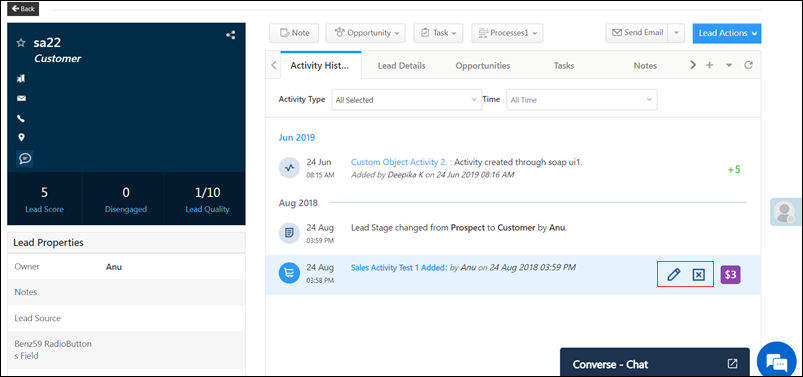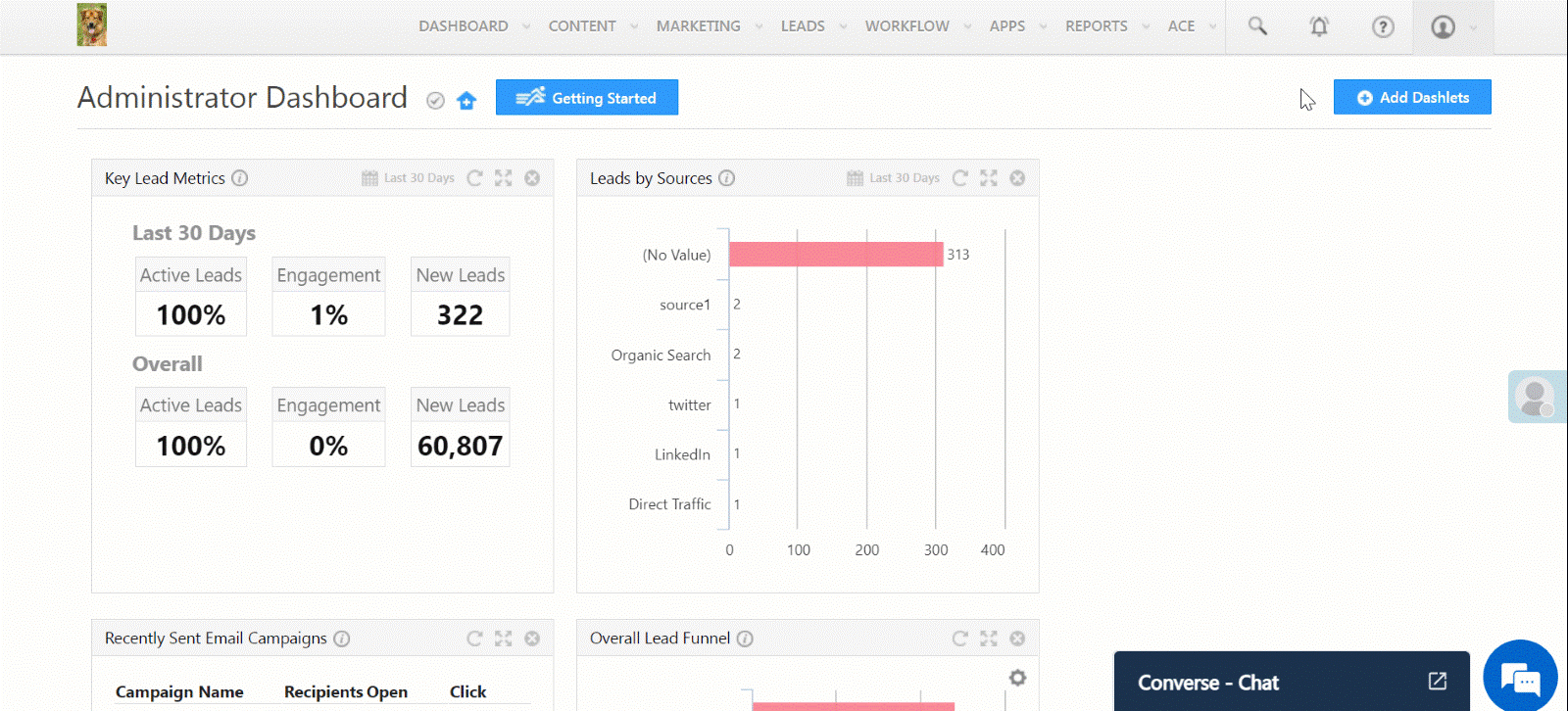Sales activity management is a complex and multifaceted challenge that many sales professionals face daily. It involves handling tasks such as managing contacts, tracking leads, analyzing performance metrics, and ensuring sales targets are met. This process often requires managing time-consuming and repetitive activities.
Taking part in sales activities regularly can offer companies a range of benefits, including new sales opportunities for the business, higher customer retention, and higher profits in the long run.
However, to efficiently manage and improve your sales activities, it’s important to first understand the various processes and procedures related to sales activities.
In this post, we will explore more about sales activities and examples and discuss how you can better manage sales activities for your business.
Understanding Sales Activity Management
Sales activity management is a systematic approach to ensuring that your entire sales team works at its best.
The key objective of sales activity management is to enhance performance, maximize productivity, and, in turn, increase business profits.
In general, sales activities can be categorized into quantitative and qualitative ones. While quantitative sales activities can be measured through numerical data, such as the number of new leads contacted, qualitative sales activities can offer better insights into how your sales team or clients feel, such as the quality of each client interaction.
Some of the most important sales activities to manage in both of these categories include:
- Sales tracking
- Routes planning
- Promotional events
- Sales meetings
- Product Training
- Incident management
Why to Track and Manage Sales Activities?
One key reason to track sales activities is that they directly affect the business’s revenues and profits.

Here are some of the reasons why you need to track your sales activities:
1. Better visibility
Using a designated software or system for sales activity management allows you to analyze data to find out business trends. For instance, if sales numbers aren’t good in a specific region, you can easily check the reasons why sales reps are not able to see the desired results and if route optimization can help.
2. Finding new sales opportunities
Generating new leads and prospecting are some of the essential sales activities. Consistently managing sales activities allows you to target new prospective clients, which can lead to better sales opportunities.
3. Retaining customers
An increasing number of customers today appreciate sales representatives who take the time to engage with them regularly. Managing such sales activities helps you emphasize daily interactions to build long-lasting customer relationships.
How to Implement Sales Activity Management?
The process of sales activity management requires a systematic approach to ensure that targets are met. Here is how you can implement sales activity management:
1. Establish clear and measurable sales goals
The very first step in sales management is setting clear and measurable goals for the sales team members. The goals here should be specific, measurable, attainable, relevant, and time-bound (SMART) to help sales rep bring discipline to the entire process.
When everyone is clear about the goals and what they should work towards, it increases productivity significantly.
2. Categorize your leads

Another important step in managing sales activities is to segment your leads and prospects into various categories. Some of the methods for categorizing your leads could be
- Client engagement: You can categorize your leads by the total amount of engagement they have with your business or the interest they’ve shown in it.
- Type of interest: Another way to segment sales leads is based on their type of interest. For instance, you can segregate the leads who first engaged with your business through social media from those who reached out to you with an email inquiry.
- Stages in the buyer’s journey: Lastly, you can also separate your leads based on their stage in the buyer’s journey.
3. Leverage digital tools
One of the best ways to manage, track, and perform sales activities is by using various digital tools available in the market.
Among these are:
- CRM: Customer relationship management, or CRM software, can help you organize and analyze your data related to your accounts, sales activities, client relationships, deals, and much more. A CRM software program makes it simpler for a sales management team to efficiently evaluate the quality of lead or customer interactions to be able to determine how to improve any current challenges.
- Calendar app: A digital calendar is a great tool for sales teams to easily navigate between their calendar and any organizational events or meetings. Likewise, you can also use calendar apps to make the process of scheduling recurring events, such as weekly meetings, simpler.
- Scheduling app: Scheduling apps can help you easily schedule meetings with multiple people. With a good scheduling app, you can have a clear idea of the best potential meeting times for most or all of the meeting’s participants.
How Can Managers Use Sales Activity Reports?
Sales activity reports are detailed documents that provide an overview of the performance of various sales activities within a company. These reports give sales managers valuable insights into the actions and achievements of their sales team over specific periods, such as daily, monthly, quarterly, or annually.
By analyzing these reports, managers can assess the effectiveness of their team’s strategies, identify areas for improvement, and make data-driven decisions to enhance overall sales performance.
In addition to assessing performance, sales activity reports help managers track key metrics such as lead generation, conversion rates, and sales cycle lengths. They can also be used to set realistic goals, allocate resources effectively, and provide targeted coaching to sales team members.
Wrapping Up
Failing to track your sales activities can result in missing out on various sales opportunities that are just waiting to happen. Tracking and managing your sales activities closely and automating tasks helps you make your sales team more effective and enhances the chances of overall sales.
Linking a robust system such as LeadSquared into your sales activities gives you a distinct competitive advantage and also opens the door for automation. This, in turn, takes the pressure off the sales team, as lengthy, repetitive, and mundane sales tasks can run without intervention.
Connect with us today to learn more about LeadSquared!









